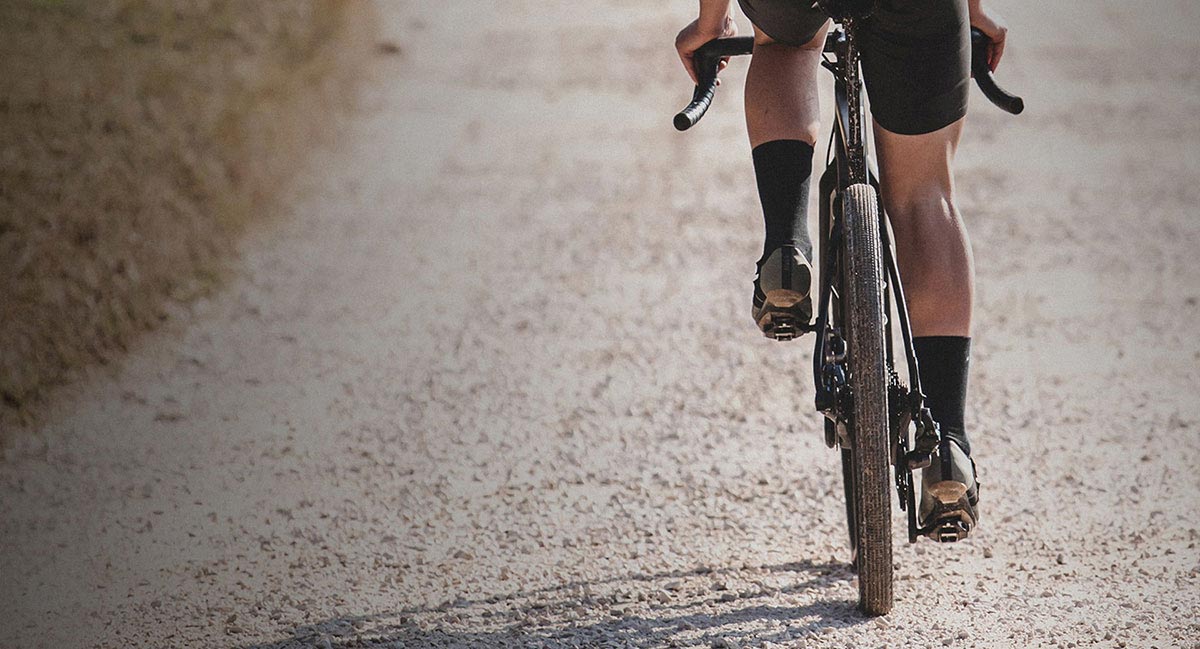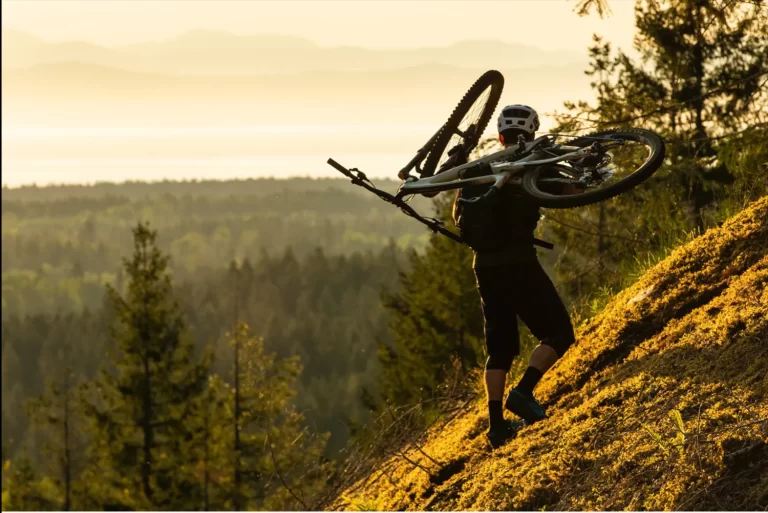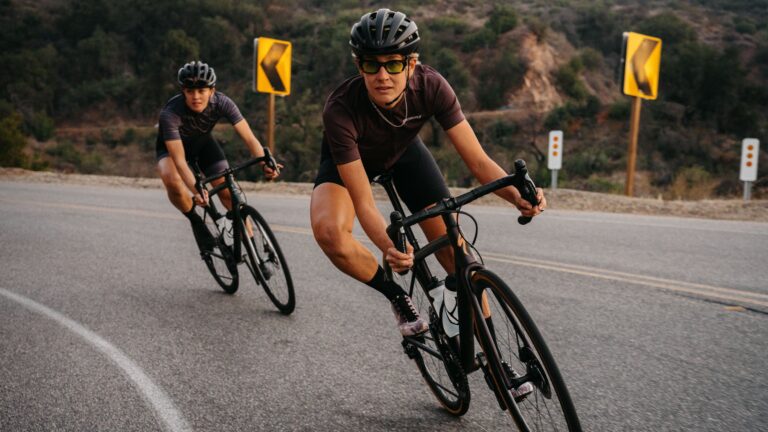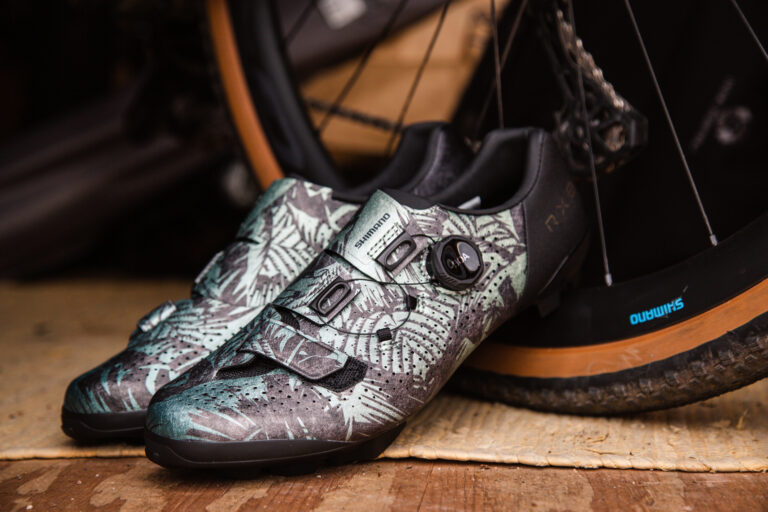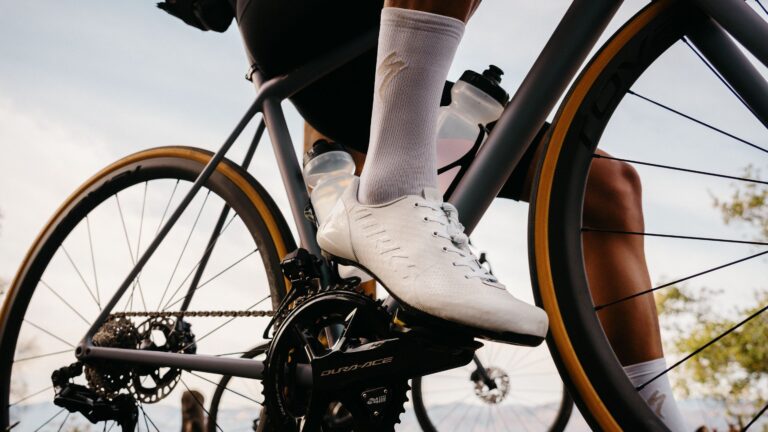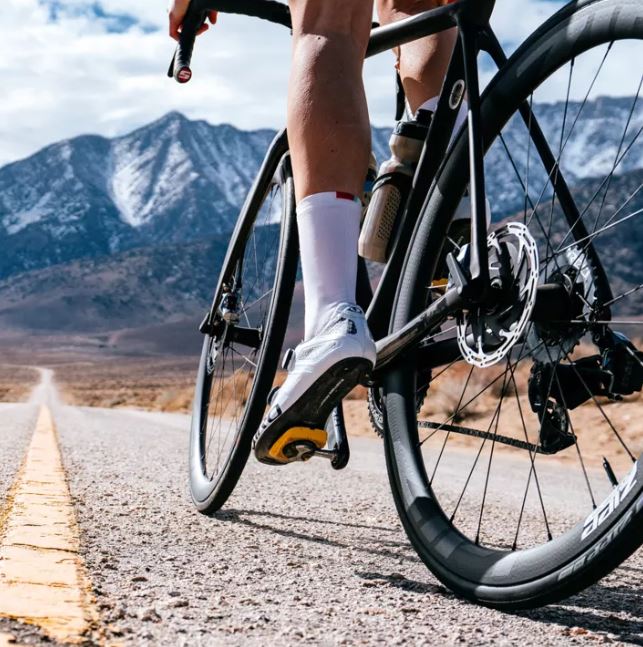Gravel Bike Shoes for Long Distance Rides

Key Point Summary of Gravel Bike Shoes for Long Distance Rides:
- Endurance and Comfort: Shoes should provide support and cushioning for extended periods.
- Fit and Design: A proper fit is crucial; shoes should accommodate swelling during long rides.
- Breathability and Durability: Materials must offer ventilation and withstand rugged conditions.
- Traction and Versatility: Outsoles should ensure grip during off-bike sections.
Gravel biking, with its unique blend of adventure, endurance, and the thrill of exploring off-the-beaten-path trails, requires not just grit and determination but also the right gear. And when it comes to long-distance rides, the importance of choosing the right gravel bike shoes cannot be overstated. These shoes are your direct contact point with the bike, influencing not only your comfort but also your performance and efficiency over hours—or even days—of riding. Through my years of experience across various disciplines, I’ve come to appreciate the nuances that make a gravel bike shoe ideal for long-distance endeavors. Let’s delve into what makes these shoes stand out, ensuring your feet can withstand the long miles ahead.
The Foundation of Endurance: Choosing the Right Gravel Bike Shoes
Selecting the right gravel bike shoes for long distances starts with understanding the unique challenges of gravel riding. Unlike road cycling, gravel surfaces can vary dramatically—from smooth, packed dirt to loose, challenging rocks. This variability demands shoes that not only provide efficient power transfer but also offer the comfort and durability to withstand these conditions.
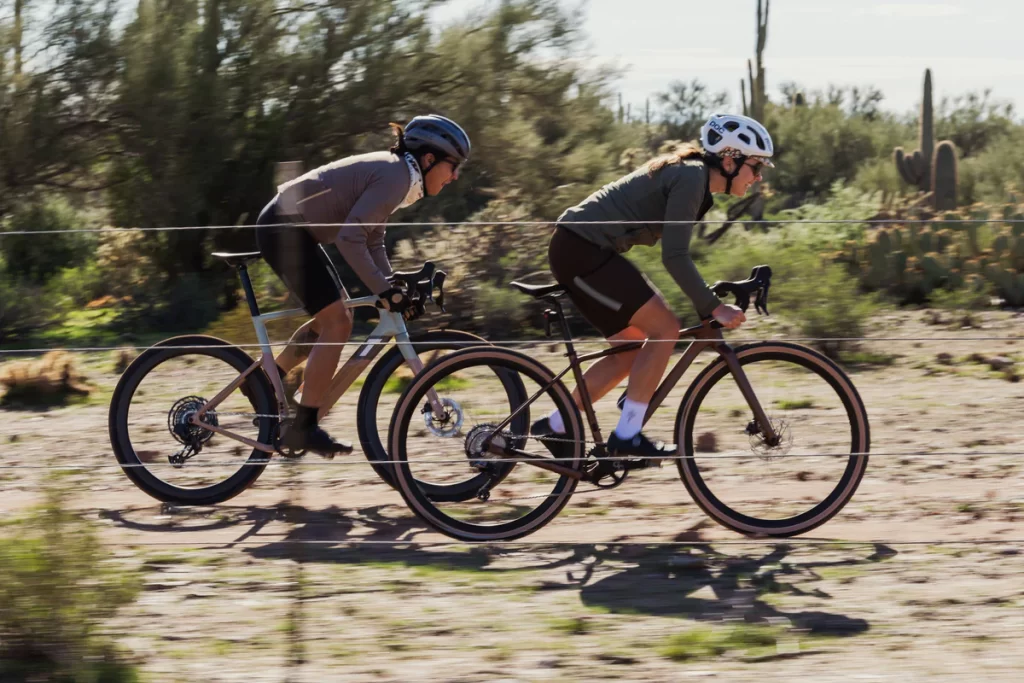
The Importance of Fit and Design
A well-fitting shoe is paramount for long-distance riding. Throughout the course of a ride, feet can swell and change shape, making a shoe that initially feels snug become uncomfortably tight. Look for shoes with adjustable closures, such as Velcro straps or boa dials, that allow for easy on-the-fly adjustments. Additionally, a slightly wider toe box can give your toes room to spread, enhancing comfort during long hours in the saddle.
Prioritizing Breathability and Durability
Long rides mean extended exposure to the elements, so choosing shoes with breathable materials is essential to keep your feet dry and comfortable. Mesh panels or perforated uppers can significantly improve airflow. However, breathability shouldn’t come at the expense of durability. Reinforced areas, particularly around the toe and heel, can protect your feet from rocks and debris commonly encountered on gravel paths.
The Role of Traction and Versatility
The ideal gravel bike shoe balances the efficiency of a road shoe with the ruggedness of a mountain bike shoe. This is particularly evident in the sole design. A too-stiff sole may offer excellent power transfer but can be uncomfortable and slippery when walking. Look for shoes with a moderately stiff sole paired with a rubber tread that provides grip during those inevitable moments when you need to dismount and push your bike.

Gravel Bike Shoes for Long Distance Rides: Concluding Thoughts
Choosing the right gravel bike shoes for long-distance rides is a critical decision that can significantly affect your riding experience. Comfort, fit, breathability, durability, and traction are key factors to consider. While personal preference plays a considerable role, focusing on these core aspects can guide you to a shoe that will support your long-distance gravel riding adventures. The best shoe is one that you barely notice on the ride, allowing you to focus on the scenery, the challenge, and the joy of gravel biking.
For long rides on gravel, selecting shoes that offer a blend of comfort, durability, and efficient power transfer is key. Here are the top 3 gravel bike shoes recommended for their performance on long rides:
- Shimano RX8: Designed specifically for gravel riding, the Shimano RX8 combines the lightweight and efficient power transfer of a road shoe with the durability and off-bike traction of a mountain bike shoe. It features a super-stiff carbon sole for great power transfer, a lightweight and breathable upper, and a grippy rubber outsole for when you need to walk. Its snug fit and adjustable closure system ensure comfort over long distances, making it a favorite among endurance gravel riders.
- Specialized S-Works Recon: This shoe is highly regarded for its outstanding comfort and performance on long gravel rides. The S-Works Recon offers a body geometry sole and footbed that are ergonomically designed and scientifically tested to boost power, increase efficiency, and reduce the risk of injury. Its FACT carbon sole provides excellent power transfer, and the SlipNot™ rubber tread ensures reliable traction on any surface. With a durable, lightweight, and water-resistant upper, this shoe is ready for any adventure.
- Giro Sector: The Giro Sector is a versatile and comfortable shoe that’s well-suited for the rigors of long-distance gravel biking. It features a one-piece Synchwire upper with thermo-bonded exo-structure for a lightweight and durable design, plus a dual Boa L6 dial closure system for precise fit adjustments. The carbon composite sole offers a balance of stiffness for pedaling efficiency and enough flex for comfortable walking, complemented by aggressive rubber lugs for traction off the bike. The Sector’s supportive fit and breathable construction make it an excellent choice for endurance riders.
These shoes stand out for their ability to handle the demands of long gravel rides, offering a mix of performance, comfort, and versatility that endurance cyclists need.
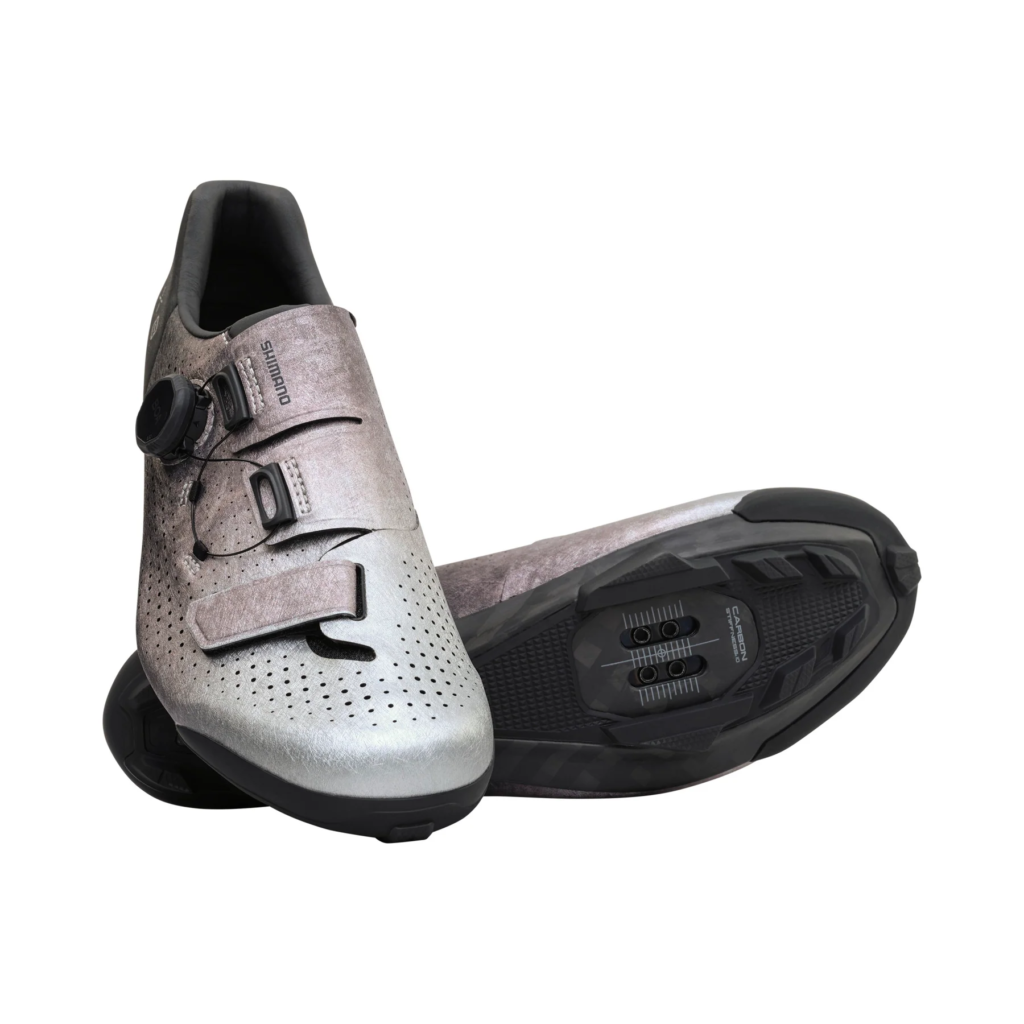
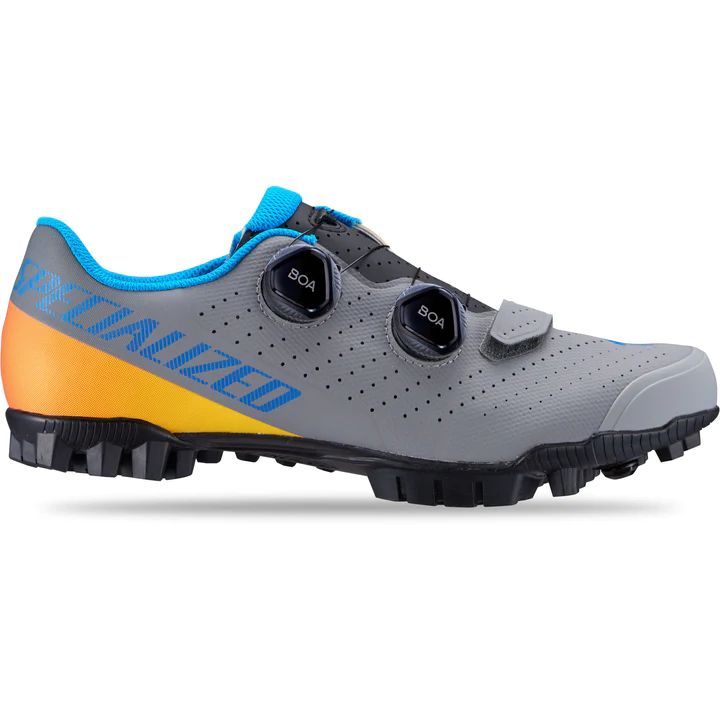

FAQ
Can you wear gravel shoes on a road bike?
Yes, you can wear gravel shoes on a road bike.
What is the difference between gravel and road cycling shoes?
The main differences between gravel and road cycling shoes are the sole and cleat compatibility. Gravel shoes typically have a more rugged sole with some tread for better off-bike traction and are usually compatible with two-bolt cleats. Road cycling shoes have a smoother sole for aerodynamics, are stiffer for better power transfer, and typically use three-bolt cleat systems.
Happy trails!
John
